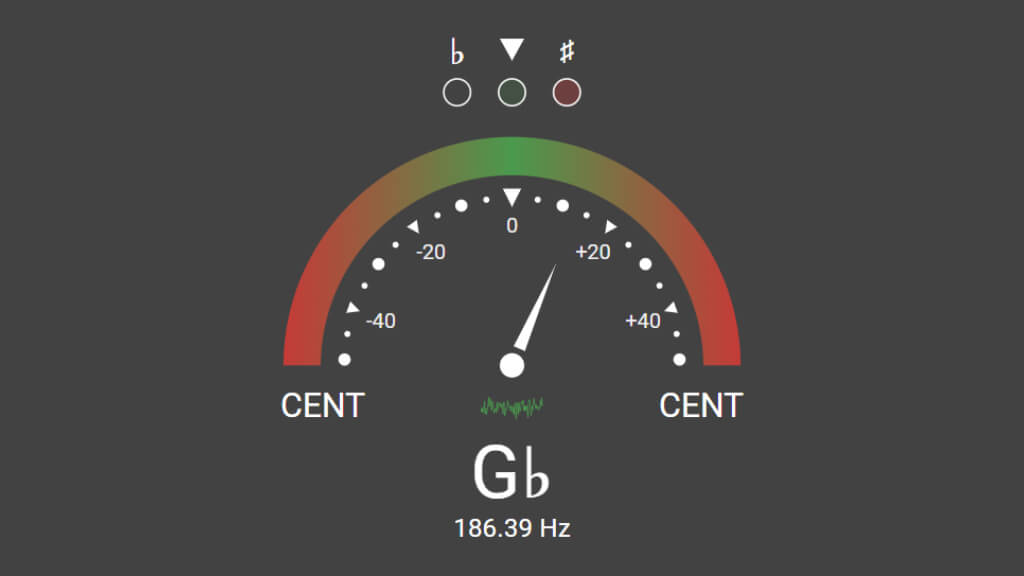Formula and Structure of the D#maj13 Chord
Interval formula from the root note: 1 — 3 — 5 — 7 — 9 — 11 — 13. The chord consists of the following notes:
- Eb — unison and the main tonal anchor.
- G — major third with a bright major quality and clear stability above the tonic.
- Bb — perfect fifth, stabilizing the triad and adding tonal grounding.
- D — major seventh with a smooth jazz sparkle and slight tension toward the octave.
- F — major ninth, opening the top line and adding airiness to the texture.
- Ab — eleventh with a spicy fourth above the octave, best voiced apart from the third.
- C — thirteenth with a warm sixth above the octave, sounding beautiful in the top voice.
Together, these notes form the harmonic foundation of the D#maj13 chord, defining its sound and role in the musical context.
Alternative Names for the D#maj13 Chord
This chord may appear under different names:
- D#Δ13
All variants refer to the same harmonic structure.
Using the D#maj13 Chord
Place the 13 in the top voice to highlight its radiant, warm quality. Combine with the 9 for a soft yet rich texture. In the middle register, separate the 3 and 11 to avoid muddiness. Use for final chords and outros where a lingering aftertaste is important. Avoid excessive doubling of the 13 in the bass — it will lose its brilliance.
Conclusion
D#maj13 is an expressive and versatile chord. Learn several fingerings, experiment with different positions and voice spacing, then try weaving it into your own playing — this will help you quickly find your unique tone.













